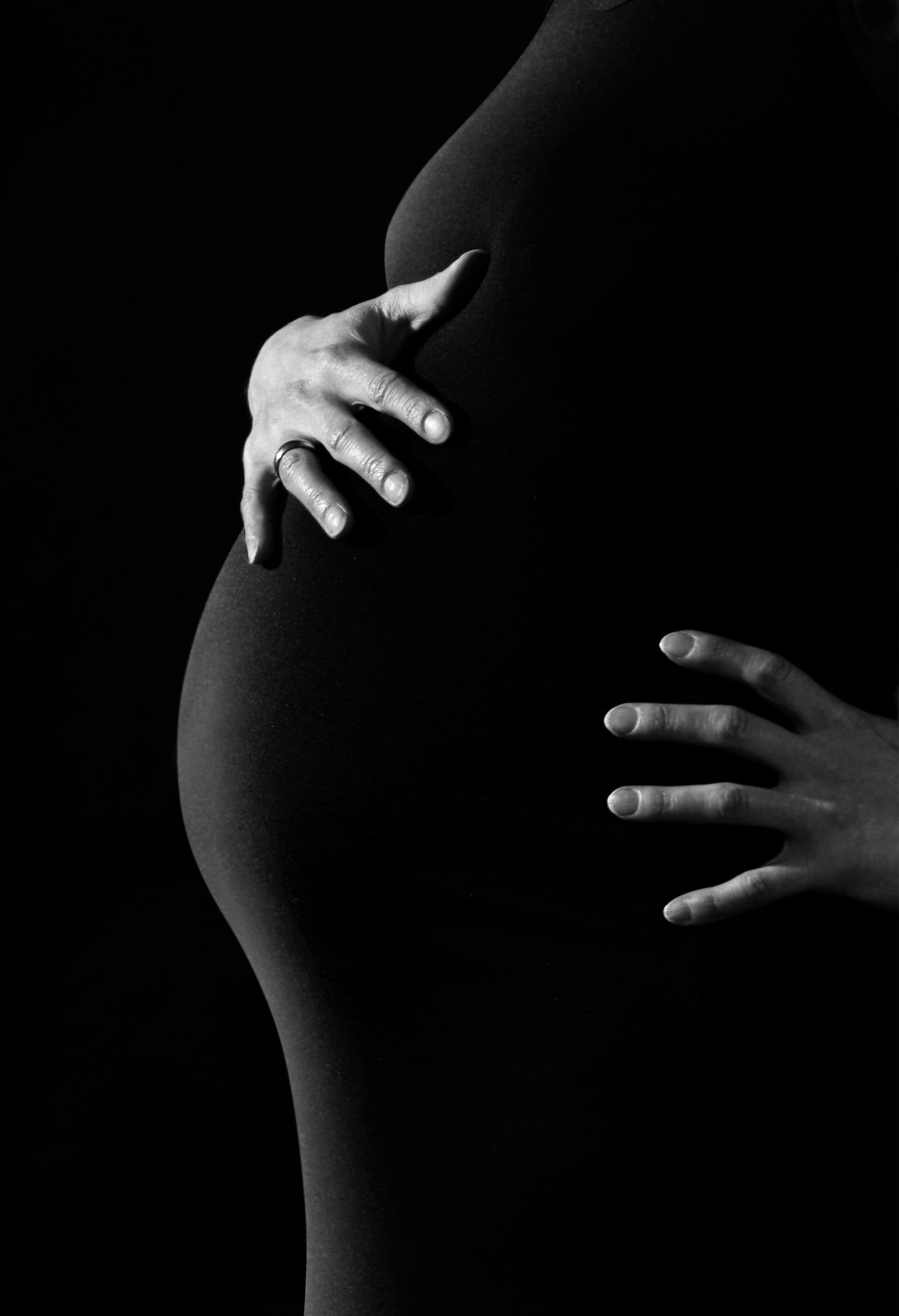As a pelvic health physical therapist who works with individuals during pregnancy I am often asked, “What is the best position to deliver a baby in?” My answer is typically: “Just like posture, there is no “perfect position”, the best position or posture is one that continues to change and where you feel most comfortable.”
When we look at the research there is evidence to suggest that movement, providing position options, and a sense of self-control, can help reduce pain, improve fetal position, and reduce the need for birth interventions such as c-section or vacuum or forceps assisted births.
A cohort study from Italy (Gizzo et al, 2014) looked at the effects of delivering in a recumbent position (on the back or side lying), compared to alternative positions (upright, squatting, sitting on the ball, or “on all fours” position), comparing the outcomes including type of delivery, fetal position, and baby wellbeing. They only selected women for whom this was their first pregnancy, with a single baby who was in a head down position (not breach). They split the 225 participants into two groups, those who spend more than 50% of their laboring time on their backs, and those who spent more than 50% of their laboring time in alternative positions.
The people in the alternative positions group had a higher percentage of spontaneous vaginal deliveries (87.1% compared to 47.8%) and lower percentage of operative vaginal deliveries (7.1% compared to 26.1%) than the recumbent counterparts. The length of labor was also statistically significantly shorter in the alternative positions group.
A systematic review from 2019 (Berta et al) in BMC Pregnancy and Childbirth, looked at upright positions and length of the second stage of labor (pushing phase). They concluded that not only is the second stage of labor shorter when the birthing person is in a “flexible sacrum position” or not on their back, but that every laboring woman should be encouraged to choose a position that is comfortable for her.
Key Takeaways:
Birthing in a non-recumbent position may increase the likelihood of a spontaneous vaginal delivery and reduce pain experience in labor.
Movement throughout labor is helpful to progress labor, reduce pain, and reduce chance of abnormal fetal heart rate.
Giving the birthing person options for positions to birth is critical to providing comfort and self-control.
Find positions that feel comfortable to you and work with a health care team that supports you!

